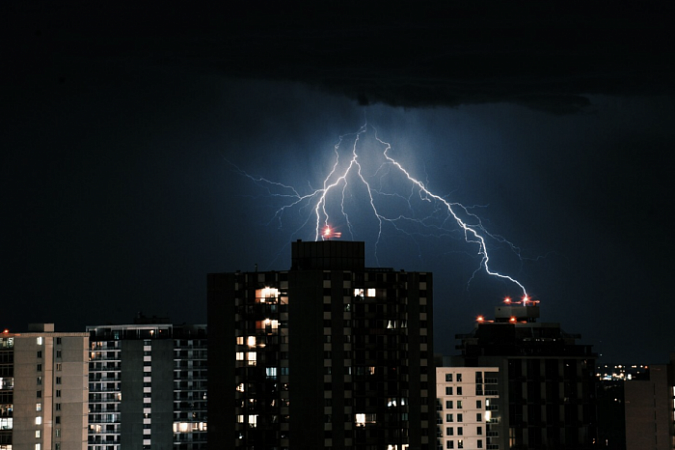Krasnodar, August 8. Overnight, up to 95 mm of precipitation fell in the foothills of Lazarevsky District in Sochi, while the coastal area received over 40 mm. Several rivers experienced rising water levels, and sirens were activated near the Loo and Khobza rivers in the morning to alert local residents. However, water levels did not reach critical thresholds, according to the resort administration’s press service.
Currently, all city systems are operating normally. Utility and road services are addressing localized flooding on roads and surrounding areas. Beaches will remain open depending on weather conditions. If conditions worsen, swimming access may be restricted.
Under the directive of Sochi’s mayor, an emergency task force is monitoring the situation, and all city services remain on high alert. Unfavorable weather forecasts are expected to persist until August 9.
Lazarevsky District
Lazarevsky District is a coastal area in the city of Sochi, Russia, known for its subtropical climate, beaches, and scenic Black Sea coastline. Historically, it was inhabited by indigenous Circassian tribes before becoming part of the Russian Empire in the 19th century. Today, it is a popular tourist destination, featuring resorts, parks, and cultural sites reflecting its diverse heritage.
Loo
“Loo” could refer to several places, but one notable example is **Loo Castle** (Château de Loo) in Belgium, a historic estate dating back to the 17th century. Originally a hunting lodge, it was later expanded into a grand neoclassical palace and became a residence for Belgian royalty. Today, it is known for its beautiful gardens and architectural significance.
If you meant a different “Loo,” please provide more details for an accurate summary!
Khobza
“Khobza” refers to traditional North African bread, particularly popular in countries like Morocco, Algeria, and Tunisia. It has a long history tied to Berber and Arab culinary traditions, often baked in communal ovens and served with meals. The bread is round, slightly dense, and has a distinct crust, symbolizing hospitality and daily life in Maghrebi culture.






